Swing trading is a strategy that aims to profit from short- to medium-term price movements. Swing traders hold positions for several days or weeks, unlike day traders who close positions by the end of the day. They focus on capturing price moves between key support and resistance levels.
Swing traders use technical analysis tools to find trends and decide when to enter and exit trades. Key tools include the Relative Strength Index (RSI), Moving Average Convergence Divergence (MACD), and moving averages. These help traders identify trends, support, and resistance levels.
Key Concepts in Swing Trading
Swing trading is about capturing portions of larger price moves. A price move between “swing highs” (high points) and “swing lows” (low points) is what traders aim to profit from. Traders buy when the price reaches a low in an uptrend and sell when it reaches a high in a downtrend.
Support and resistance levels are critical in swing trading. Support is a price level where the asset tends to find buying interest, while resistance is where selling pressure tends to occur. Identifying these levels helps traders plan when to enter and exit trades.
Swing Trading Strategies
- Trend Pullbacks: In a strong trend, prices often pull back briefly before continuing. Traders can buy during a pullback in an uptrend or sell during a pullback in a downtrend.
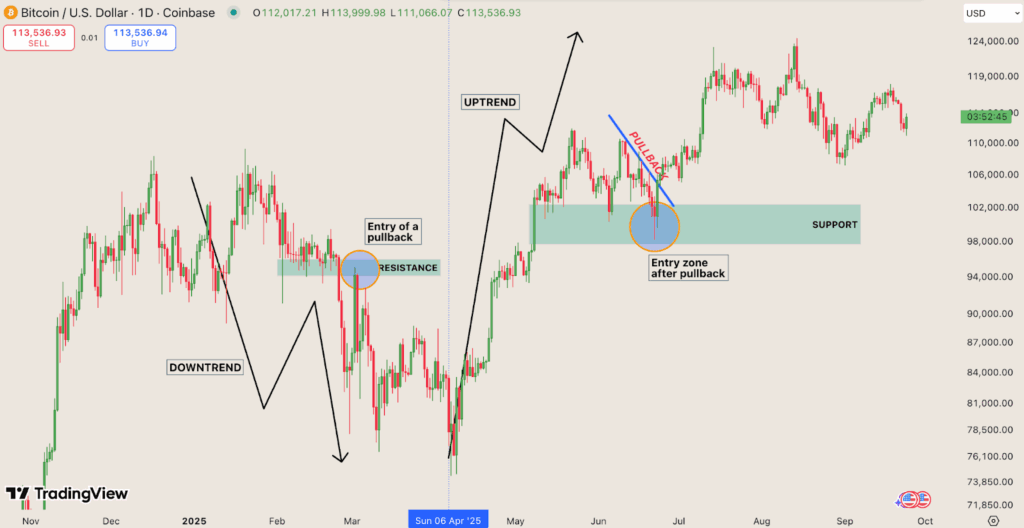
- Support and Resistance Trading: This strategy focuses on price levels where the asset has bounced in the past. Traders expect the price to reverse when it reaches these levels.
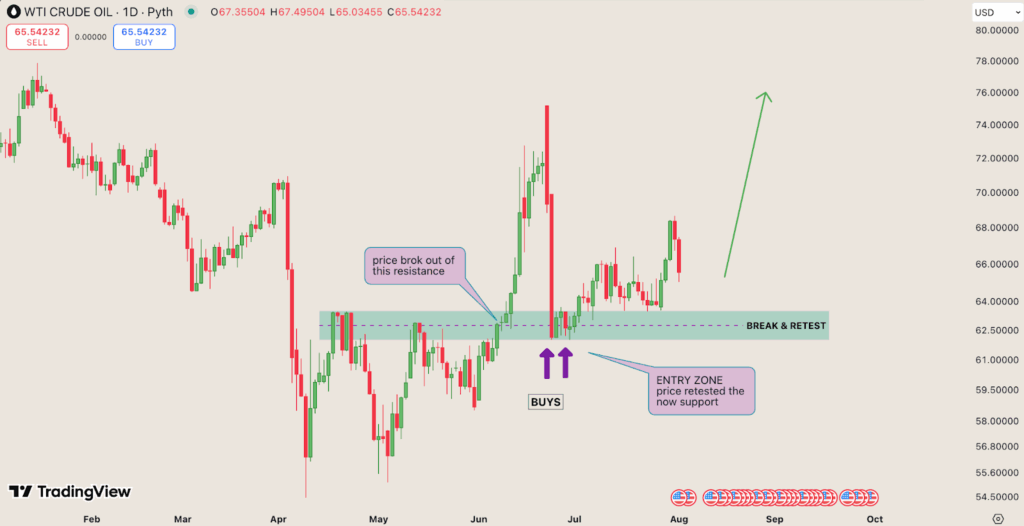
- Breakout Trading: This strategy targets assets in a narrow range. When the price breaks above resistance or below support, traders enter the trade expecting a larger move.
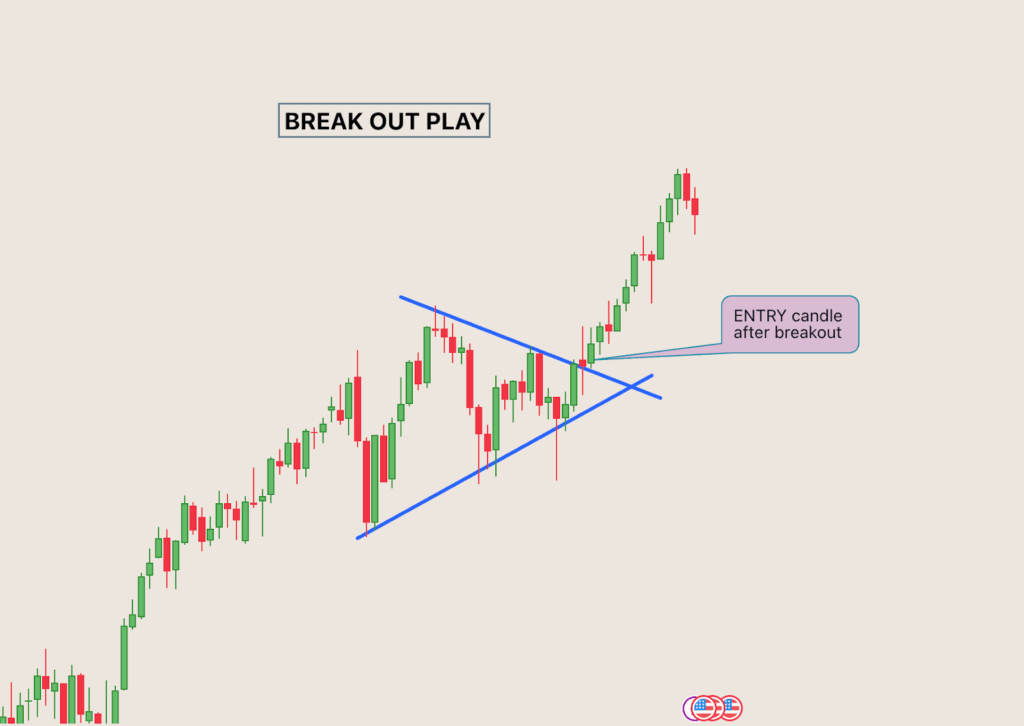
- Fibonacci Retracement: After a large price movement, traders use Fibonacci levels to predict where the price may reverse. Common Fibonacci levels include 23.6%, 38.2%, and 61.8%.
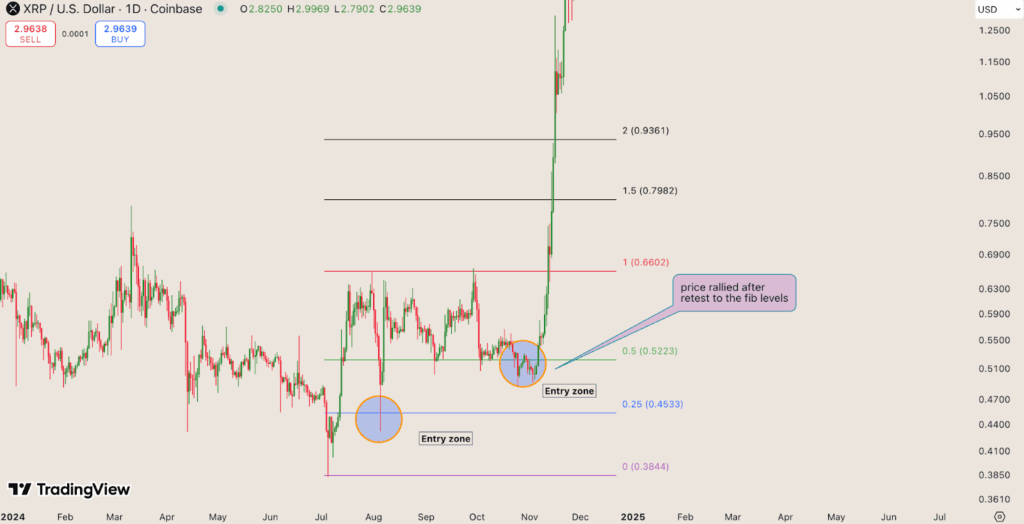
- Chart Patterns: Traders look for patterns like head-and-shoulders or double tops to predict price moves. These patterns help traders decide when to enter and exit trades.
Risk Management in Swing Trading
Managing risk is a key part of swing trading. Traders often use stop-loss orders to protect themselves from big losses. For long positions, the stop-loss is placed just below the swing low, and for short positions, just above the swing high.
Risk/reward ratio is also important. Traders aim to risk a small amount to earn a larger return. For example, risking $1 to make $3 is a good risk/reward ratio, ensuring that even if some trades fail, they can still be profitable.
The Right Tokens for Swing Trading
To succeed in swing trading, traders need to choose the right tokens. The best have two key features: liquidity and volatility. Liquidity ensures that traders can easily enter and exit positions without big price changes. Volatility gives traders price movement to profit from.
Large-cap tokens, which are traded frequently on major exchanges, are ideal for swing trading. These are more liquid and often have enough volatility to create opportunities for profit.
Swing Trading with Technical Indicators
Swing traders use technical indicators to identify trade opportunities. Moving averages help traders understand the trend direction. When the price is above the moving average, the trend is bullish, and when it’s below, the trend is bearish.
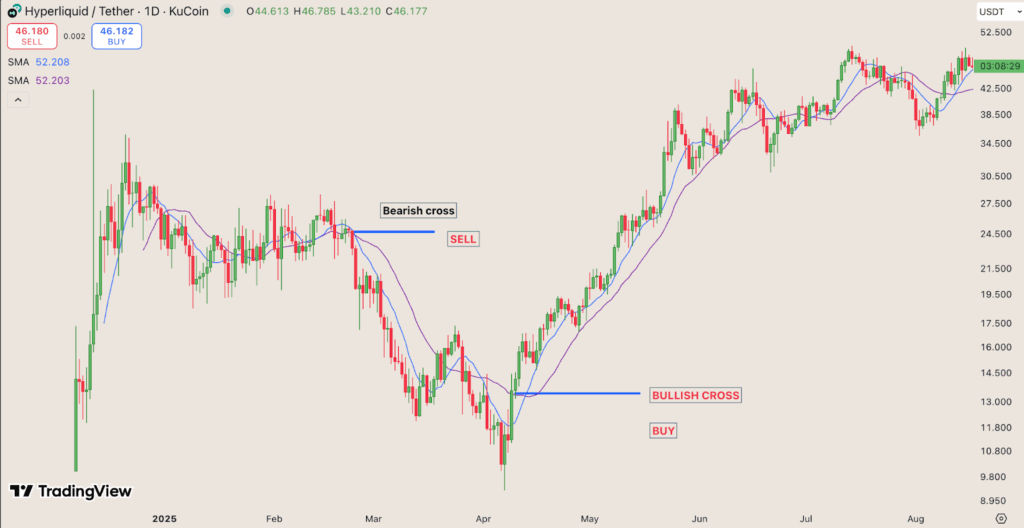
Momentum indicators like the RSI help traders time entries and exits. For example, in an uptrend, a buy signal occurs when the RSI crosses above an oversold level (typically 30), while in a downtrend, a sell signal happens when it crosses below an overbought level (typically 70).

Other indicators and chart patterns can help confirm signals:
- Bollinger Bands: These can help identify volatility and potential reversal points. A squeeze in the bands often precedes significant price moves.
- Stochastic Oscillator: Similar to RSI, this indicator shows momentum and can help traders identify overbought or oversold conditions.
Time Frames for Swing Trading
Swing trading is flexible, and traders can adjust their strategies to different time frames. The typical time frames for swing trading include:
- 1-hour and 4-hour charts: Good for short-term moves, offering quicker insights into price action.
- Daily and weekly charts: Best for observing the bigger picture and spotting more substantial trends.
Traders often use multiple time frames to confirm signals. For example, a trader may use a 4-hour chart for precise entries but refer to a daily chart to understand the broader trend.
Common Mistakes in Swing Trading
- Chasing the market: Trying to enter a trade after the price has already moved significantly can lead to poor entry points.
- Overtrading: Too many trades can increase transaction costs and lead to emotional decision-making.
- Ignoring risk management: Not using stop-loss orders or risk/reward strategies can lead to larger-than-expected losses.
- Lack of patience: Swing traders need to wait for the right setups. Entering too early can result in losses.
Mastering Swing Trading
Swing trading is a versatile strategy that allows traders to profit from short- to medium-term price movements. By using technical analysis and a solid understanding of trends, support, resistance, and indicators, traders can enter and exit positions effectively. While risk management is essential, swing trading offers significant opportunities for traders who can read the market and make informed decisions.


